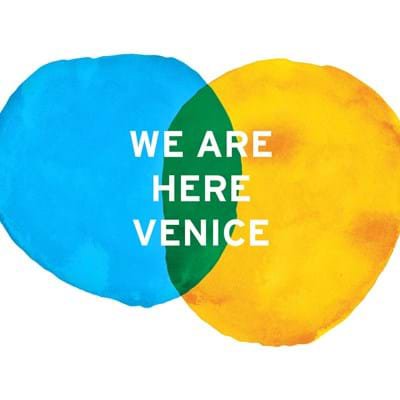
Population and tourism
How is Venice changing and what are the effects that tourism is having on the resident population of the city?
Lesson aim
To gain an overview of the population of Venice, how it is changing, and the effects that tourism is having on the resident population of the city.
Lesson objectives
-
To know how the population of Venice has been changing over the past century
-
To know about other demographic changes besides total population
-
To gain skills interpreting population data
-
To know about the scale of tourism and to evaluate its effects on Venice residents
Starter
Ask students to brainstorm what they know of Venice and what qualities make it a special place. Any who have been to Venice can contribute what their impressions are of the city. Then students read two short BBC articles from November 2016 and note down what they identify from the articles as some key issues facing the historic city.
-
Will Venice be loved to death? (BBC, 2016)
-
Venice #Venexodus protesters oppose tourist numbers (BBC, 2016)
Main activities
Activity 1 (15 to 25 minutes)
Students look through the PowerPoint slides to learn about the difference between the historic city, the ‘lagoon city’ (the other islands in the lagoon), the mainland, and the Venice municipality (which includes the historic city, lagoon islands, and mainland). Students could also explore these areas using Google Maps or Google Earth.
After going through the slides and familiarising themselves with the different areas, students open the population spreadsheet1 to view the 1921 to 2014 population data. Ask students to:
-
Create line graphs on Excel to display the population data contained in the spreadsheet
-
Write a paragraph describing the trends that appear in the data
If short on time, students could view the Venice population spreadsheet2 instead, as this file already has the line graphs plotted next to the raw data.
Activity 2 (40 to 60 minutes)
Students read through the Demographics factsheet and the Tourism factsheet and compile a condensed set of notes to draw out the most important facts. In particular, this should include demographic changes besides just the decline in the total resident population of the historic city. This can then be written up as a short essay to answer the question “To what extent is tourism in Venice compatible with the needs of the resident population”, or this question can be discussed in class.
Plenary
Students refer to the Population and tourism review questions document and attempt short answers to all (or selected) questions either individually, in pairs, or as part of a wider classroom discussion.
